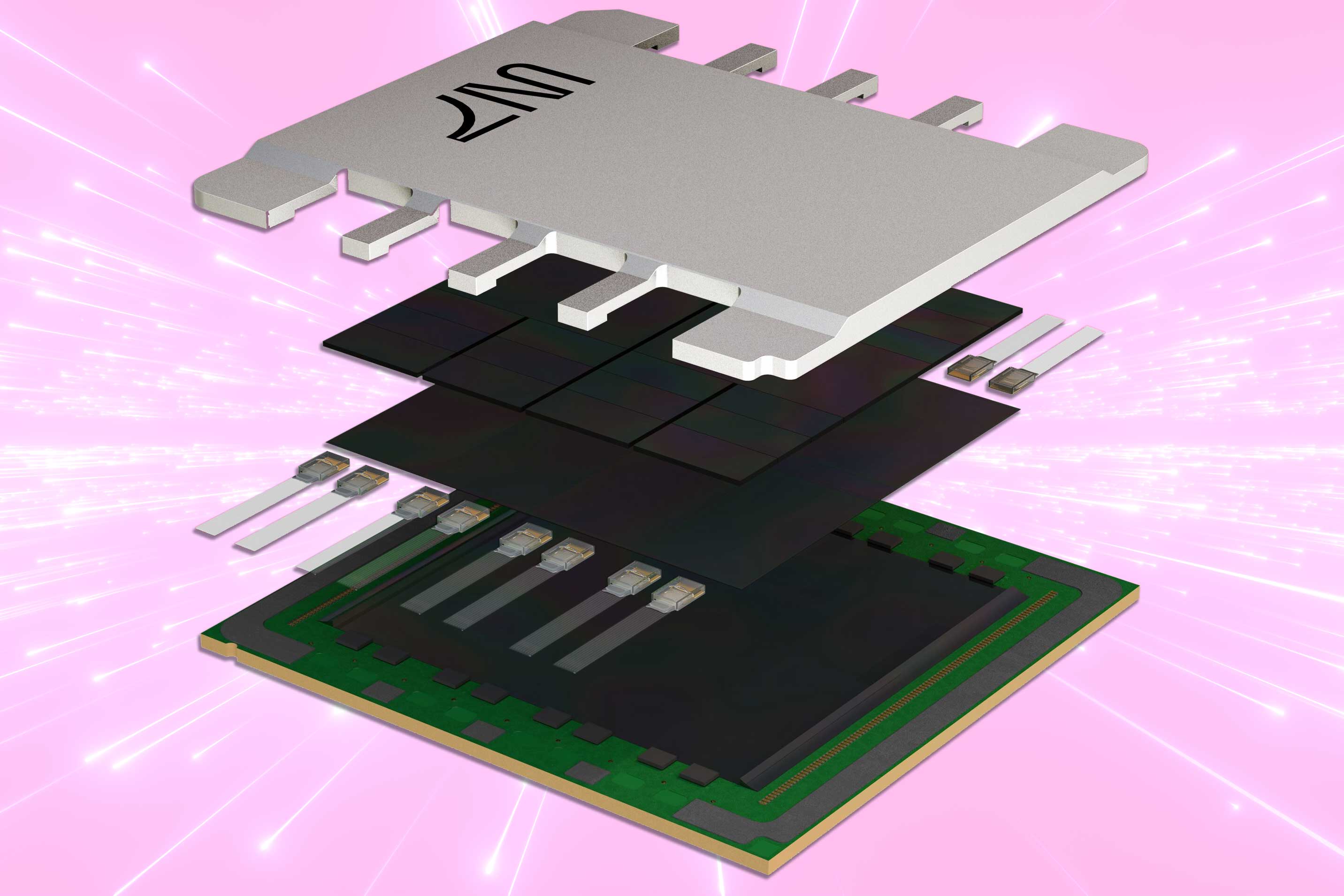2021 saw some notable developments in AI-related patent applications and licensing of open-source software. However, in contrast to recent years, 2021 was a relatively quiet year in the law of subject matter eligibility, i.e., what can be patented. Here, we review recent developments in: 1) subject matter eligibility for computer-implemented inventions; 2) AI-related patent applications; and 3) licensing of open-source software.
Subject Matter Eligibility for Computer-Implemented Inventions
In Canada, 2021 was marked by an absence of significant new developments regarding subject matter eligibility. However, the developments of 2019 and 2020 continue to provide both patent applicants and patent examiners with more clarity regarding subject matter eligibility, especially for computer-implemented inventions. The recent developments have tended to move the Canadian approach in determining subject matter eligibility closer to the US approach, but with some elements of the European approach as well.
To be patentable in Canada, an invention must meet four main criteria: it must be new, it cannot be obvious, it must be useful and, crucially, it must fall within the definition of “invention” (as defined in the Patent Act). On this latter point, CIPO had, in recent years (from 2011 to 2020) used a “problem-solution” approach to claim construction when determining subject matter eligibility of computer-implemented inventions (e.g., software or business method inventions). This resulted in patent examiners often characterizing the alleged “problem” in such a manner that any computer elements recited in a claim were deemed “non-essential” to solving the problem and thus disregarded from consideration. The remaining “essential” claim elements would then be easily classified as an abstract idea or mere scheme and thus the entire invention excluded from patentability.
The “problem-solution” approach was in some ways similar to the European Patent Office’s (EPO’s) “technological contribution” approach to patentability. During the EPO’s inventive step analysis, the prior art is compared to the claimed subject-matter in order to distinguish the novel features from that of the closest prior art. Only those features that contribute to a technical solution (i.e., a “further technical effect”) of the objective technical problem (i.e., the problem solved as compared to the closest prior art) are considered. Any non-technical feature of the invention is effectively considered as prior art for the purposes of assessing inventive step.
In 2020, the Federal Court of Canada (FCC) ruled[1] that the Commissioner of Patents had erred in using the problem-solution approach, rather than the “purposive construction” approach set out by the Supreme Court of Canada.[2] The “purposive construction” approach considers the inventor’s intention and the words of the claim in establishing whether particular claim elements should be considered essential or non-essential to the invention.
In response to Choueifaty, CIPO published a practice notice – a guidance document for patent examiners – to aid in correctly applying purposive construction. This guidance is now being followed by patent examiners, and has caused examiners to stop using the “problem-solution” approach to claim construction and to apply the purposive construction test instead. One additional quirk of CIPO’s guidance is that it suggests an “actual invention” test in which an element does not “form part of the actual invention” if “it does not cooperate with other elements of the claimed invention” (emphasis added).
This new approach bears a resemblance to the two-step subject matter eligibility test that is used in the United States. If the claims are found to be directed to an abstract idea during step 2A of the US test, then examiners are directed to consider whether the abstract idea is sufficiently “integrated into a practical application” and additional elements – such as a computer – must be meaningful limitations that provide more than “extra-solution activity.”
Canada’s Patent Appeal Board (PAB), in its reconsideration of Choueifaty’s application, ruled that in Choueifaty’s invention “the computerized calculations here are not merely for yielding information, but for permitting the computer to carry out the portfolio optimization procedures with significantly less processing and greater speed.” In other words, the computer in Choueifaty’s claims is not just a computer, it is a better computer. More importantly, the computer is better because of Choueifaty’s algorithms. Or, as the PAB put it, the “algorithm improves the functioning of the computer used to run it […] the computer and the algorithm together form a single actual invention that has physicality and solves a problem related to the manual or productive arts.”
This new Canadian approach, similar to the US approach, is likely to favour inventions that serve to improve the functioning of computers, for example, by increasing speed, efficiency, security or reliability. However, it is likely that CIPO will continue to reject computer-implemented invention claims where the computer is incidental or tangential to the invention, where the remaining claim elements can be classified as mere scientific principles or abstract theorems. As ever, careful and considered patent drafting will continue to be important to craft proper claims and avoid such potential pitfalls.
AI-Related Patent Applications
The greater clarity provided by recent developments in determining subject matter eligibility is likely to contribute to the continuing rise of patent application filings for fundamental AI technologies (e.g., machine learning, neural networks) and the application of AI technologies in industries like healthcare, manufacturing and transportation. In particular, we have recently highlighted the acceleration of patent activity in applications like image recognition, genomics and the human microbiome.[3]
As AI technologies continue to evolve, we can expect the contribution of AI in the invention process to continue to increase. Currently, AI is one of many tools used by humans to invent. However, there are signs that AIs may soon take on a more prominent role. Therefore, an emerging issue is whether an AI machine can be listed as an inventor on a patent and, if not, who is the proper inventor? Recent decisions suggest that it will be some time before AIs can be regarded as inventors.
The UK Court of Appeal recently dismissed an appeal by Dr. Stephen Thaler and upheld the decisions of the UK Intellectual Property Office (UKIPO) and the High Court of England and Wales, holding that an inventor must be a natural person and therefore a machine cannot be regarded as an inventor.[4] Thaler is the creator of the Device Autonomously Bootstrapping Uniform Sensibility (“DABUS”), a so-called “Creativity Machine” that uses neural networks to generate new inventions. Thaler applied for two UK patents in 2018 naming DABUS as the inventor, which the UKIPO rejected. Thaler also filed patent applications at the European Patent Office (EPO) and the United States Patent and Trademark Office (USPTO), with both offices subsequently rejecting the applications. Thaler did secure a victory in Australia with the Federal Court deciding that an AI machine can be named as an inventor under the Patents Act 1990 (Cth).[5] However, it appears likely that in most jurisdictions, the patent offices and the courts will wait for legislators to amend patent laws if AI machines are to be regarded as inventors.
Licensing of Open-Source Software
Computer software permeates all of society. While software development tools have gained in ease of use and abstraction, software itself is more complicated than ever. It’s not uncommon for even simple apps to make use of dozens of ready-made software libraries and resources. With this has come a rise in the use of open-source software in the development of proprietary commercial computer software, including software embedded in hardware devices such as consumer electronic devices. 2021 saw some notable developments regarding the licensing of open-source software and the implications of incorporating open-source software in proprietary commercial products.
Some open-source software is made available under so-called “copyleft licenses”, which typically require that the distribution of any software that incorporates or interacts with the open-source software be governed by the same copyleft license. The additional terms of such a copyleft license may require that the source code for the proprietary software – including proprietary or commercial software – be made available to the public.
On October 19, 2021, the Software Freedom Conservancy (SFC) sued Vizio, Inc. for alleged violations of the GNU General Public License (GPL) covering software incorporated into certain Vizio smart TVs. In its complaint, the SFC alleges that Vizio included the Linux kernel and several associated open-source programs in its SmartCast system for televisions. SFC further alleges that the sale of these Vizio smart televisions constitutes a distribution of the GPL licensed software, and thus Vizio is in breach of its obligations under the GPL license. Specifically, SFC claims that the SmartCast system is covered by the terms of the GPL, and therefore, the source code for the SmartCast system must be made available by Vizio.
The Vizio lawsuit highlights the importance of understanding the requirements and risks around using open-source software, and in particular, around incorporating it in proprietary commercial products. While open-source software can be a powerful tool in agile software development, it is critical for developers of proprietary software to create robust strategies and policies for understanding of and compliance with the applicable open-source licenses.






